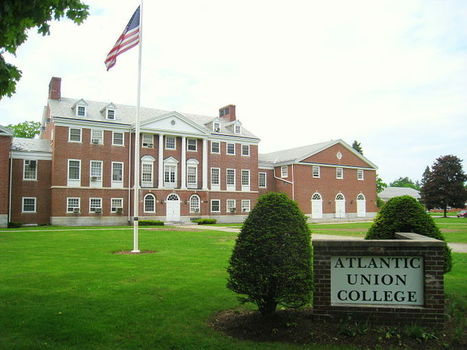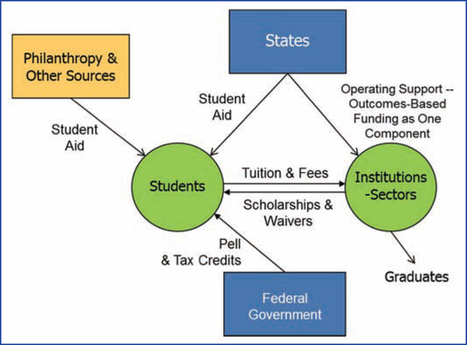"
Facing skeptical customers, declining enrollment, an antiquated financial model that is hemorrhaging money, and new kinds of low-cost competition, some U.S. universities and colleges may be going the way of the music and journalism industries.
Their predicament has become so bad that financial analysts, regulators and bond-rating agencies are beginning to warn that many colleges and universities could close.
'A growing percentage of our colleges and universities are in real financial trouble,' the financial consulting firm Bain & Company concluded in a report—one-third of them, to be exact, according to Bain, which found that these institutions’ operating costs are rising faster than revenues and investment returns can cover them."
Via Society for College and University Planning (SCUP)



 Your new post is loading...
Your new post is loading...










And Robert Zemsky says the faculty are sitting on the sideline:
“We’re on the sideline. And that’s terrible that the faculty, writ large, are on the sideline.”